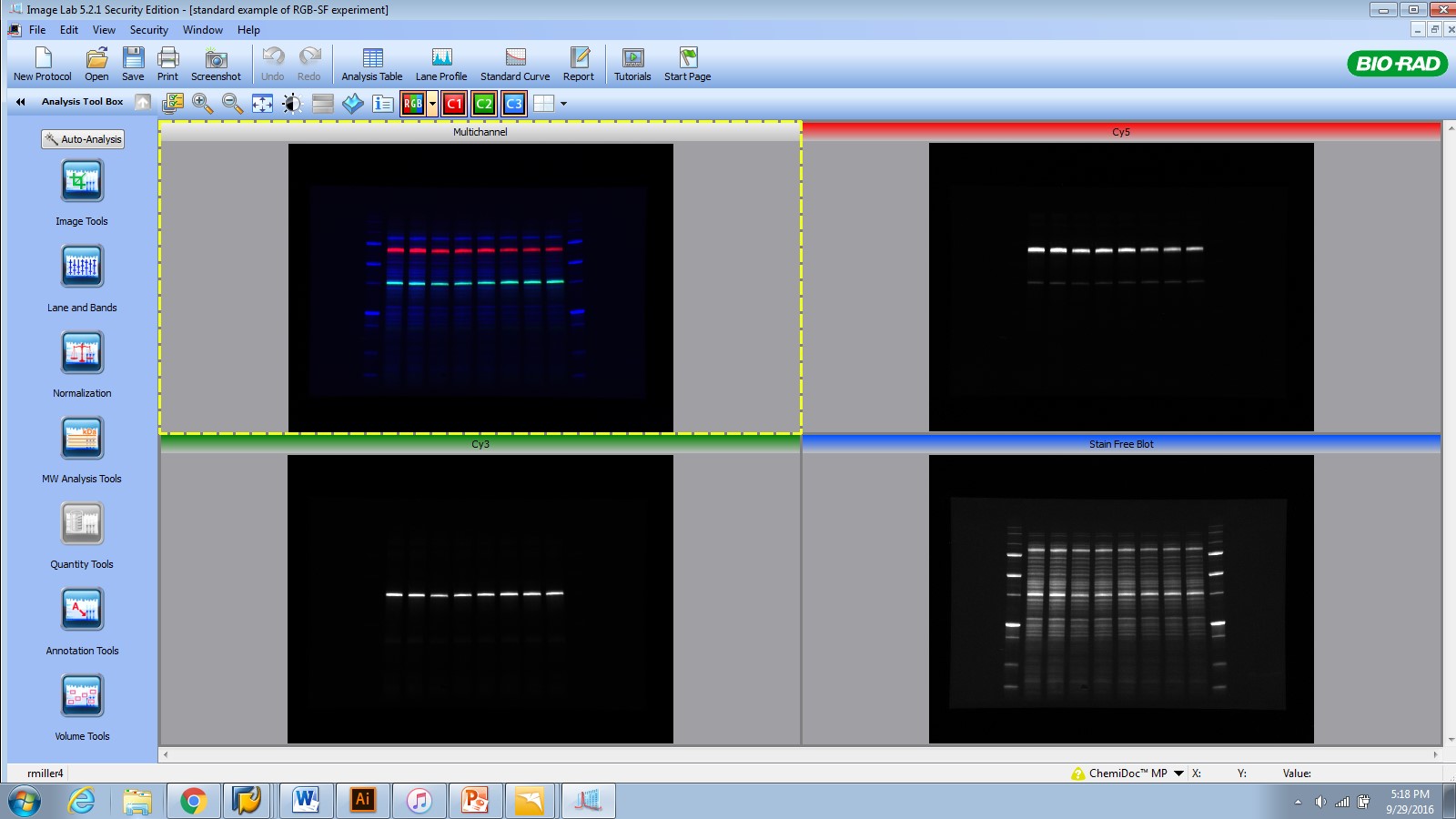

in 1979 and has since become a common technique used in research laboratories globally for the immunodetection and quantitation of specific proteins in complex cell homogenates. Western blotting was introduced by Towbin et al. The resulting data are typically confirmed by a second, independent method such as western blotting. Proteomic technologies such as two-dimensional electrophoresis and mass spectrometry are valuable tools in semiquantitative protein profiling studies in order to identify broad expression patterns enabling a better understanding of molecular events, signaling pathways and mechanisms. We have recently published an updated approach to produce quantitative densitometric data from western blots (Taylor et al., 2013) and here we summarize the complete western blot workflow with a focus on sample preparation and data analysis for quantitative western blotting. The calculations are based on the differential densitometry of the associated chemiluminescent and/or fluorescent signals from the blots and this now requires a fundamental shift in the experimental methodology, acquisition, and interpretation of the data. In the past, western blotting was used simply to detect a specific target protein in a complex mixture, but now journal editors and reviewers are requesting the quantitative interpretation of western blot data in terms of fold changes in protein expression between samples. Although there have been significant advances in both the imaging and reagent technologies to improve sensitivity, dynamic range of detection, and the applicability of multiplexed target detection, the basic technique has remained essentially unchanged. Western blotting is a technique that has been in practice for more than three decades that began as a means of detecting a protein target in a complex sample.


 0 kommentar(er)
0 kommentar(er)
